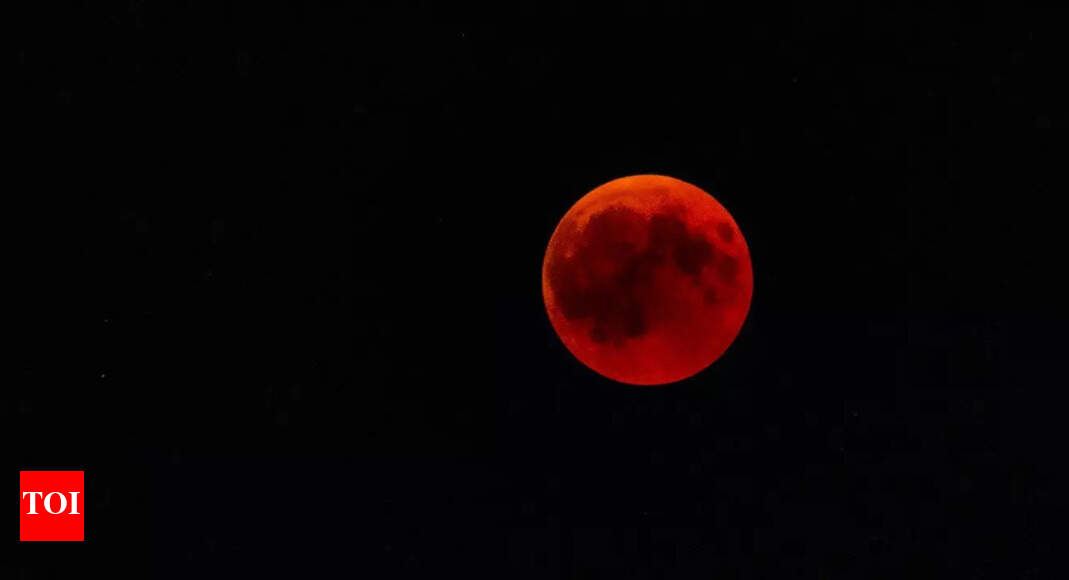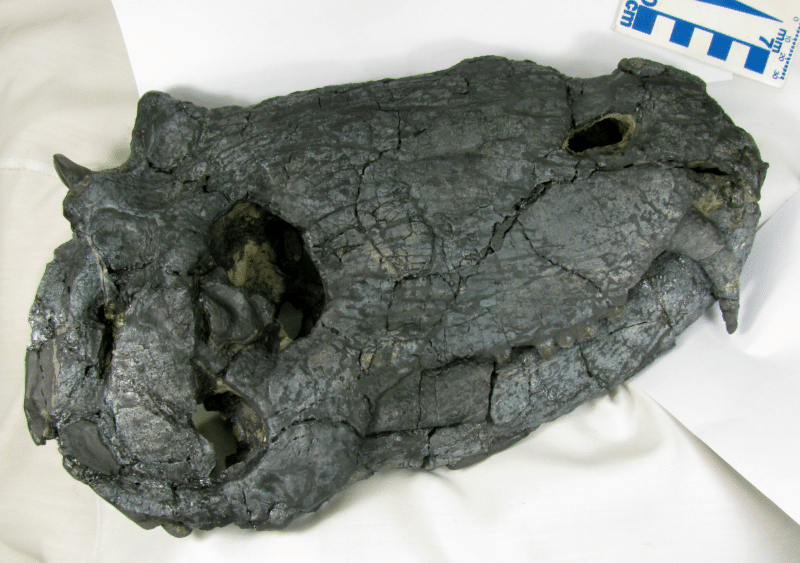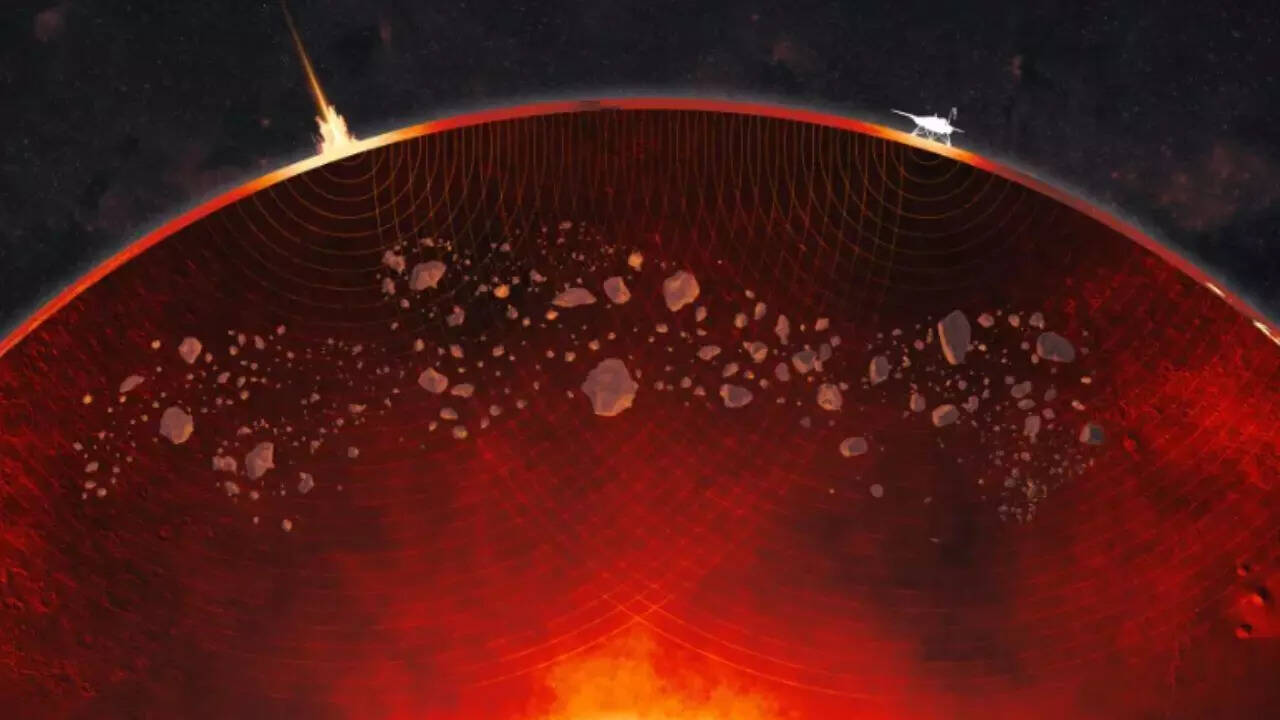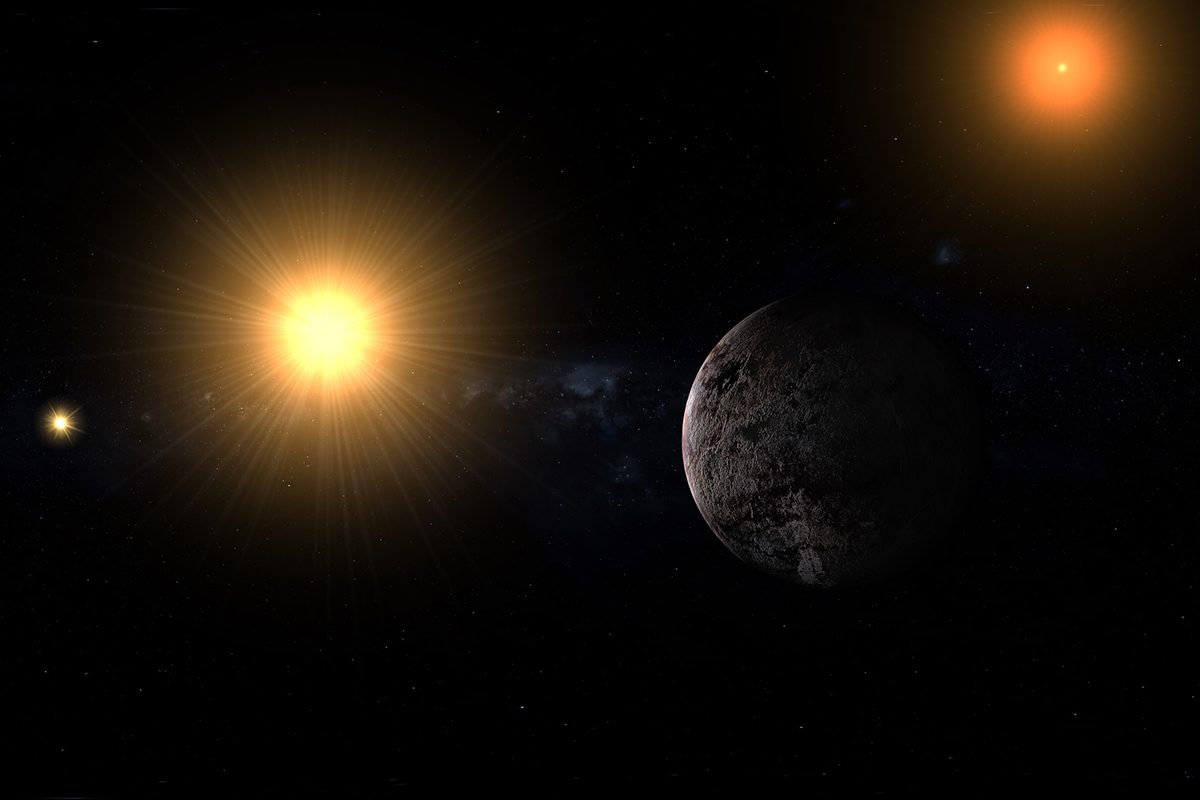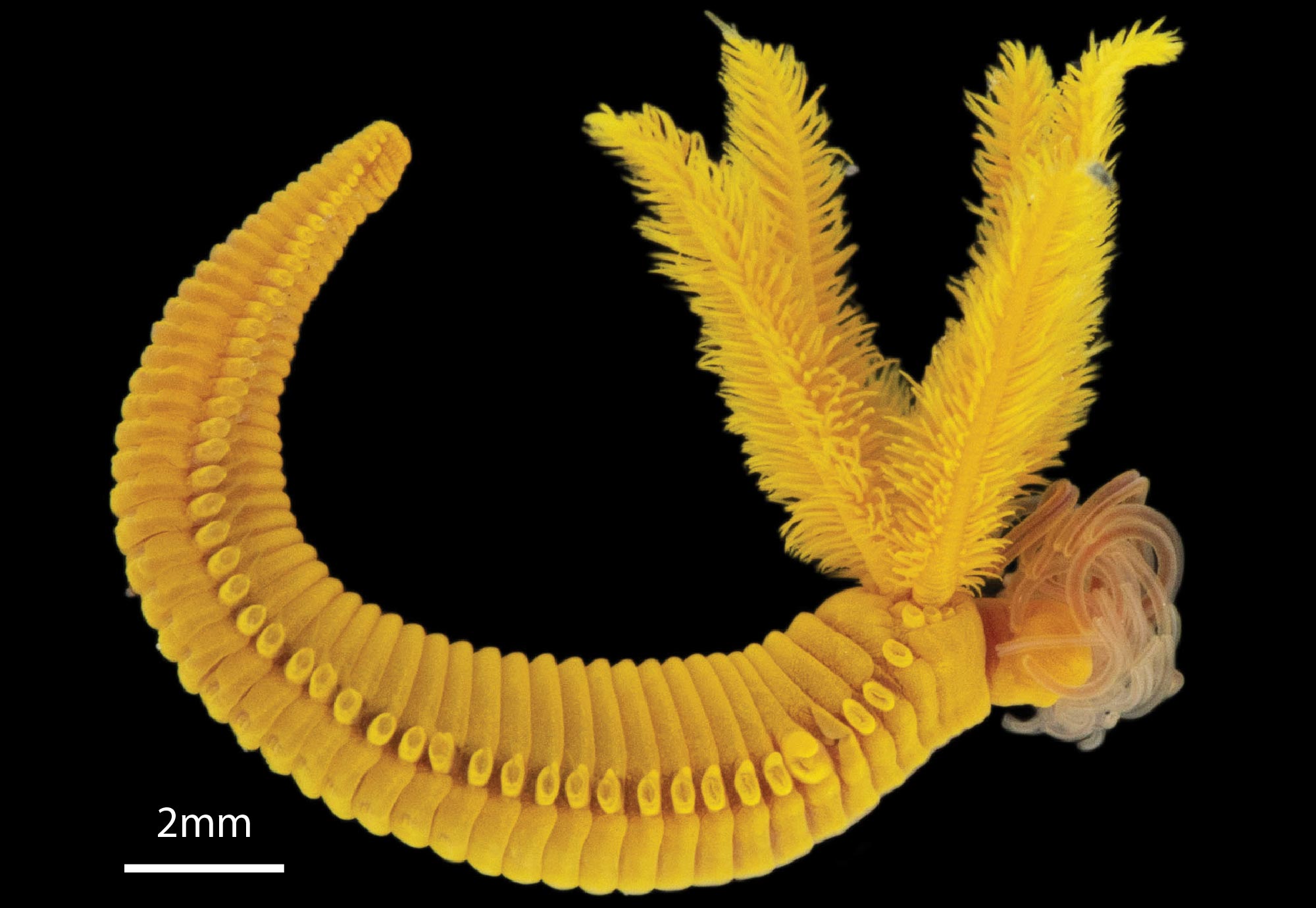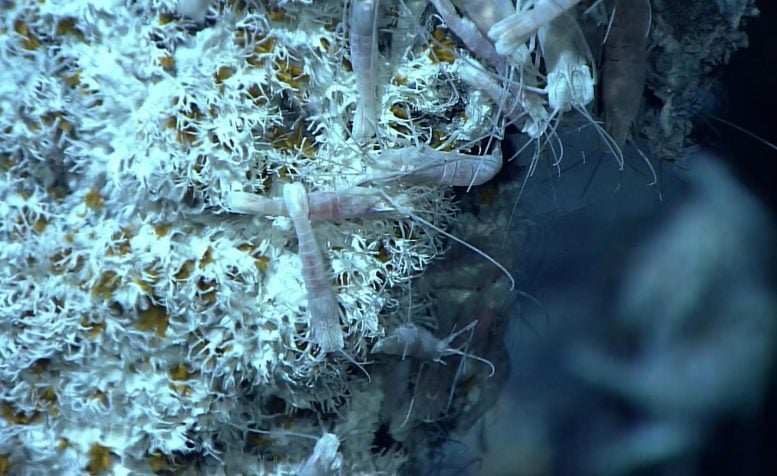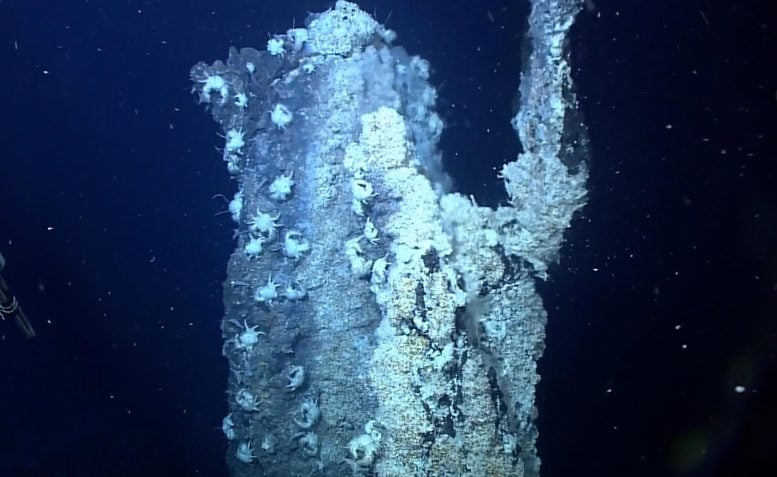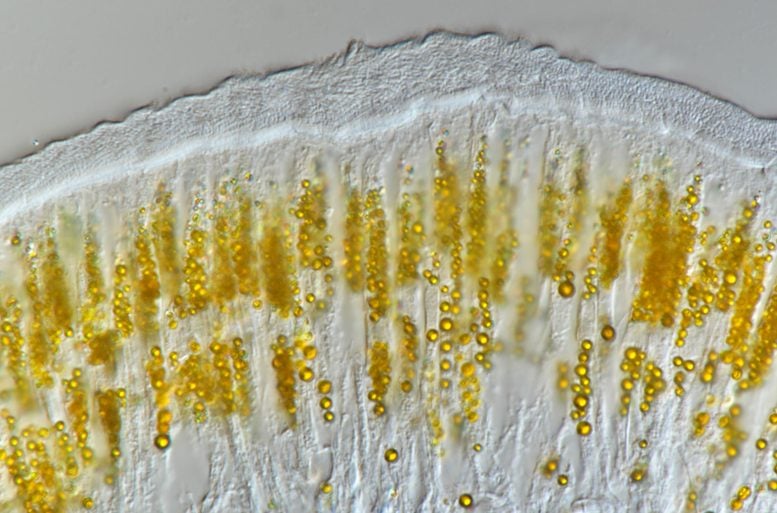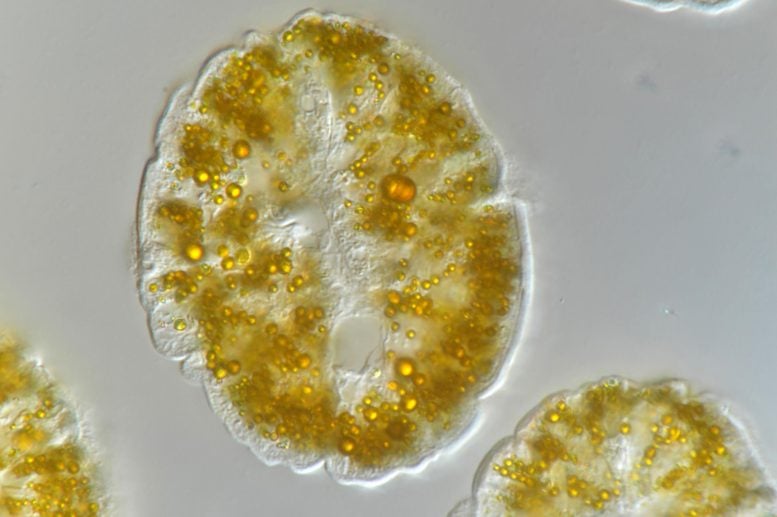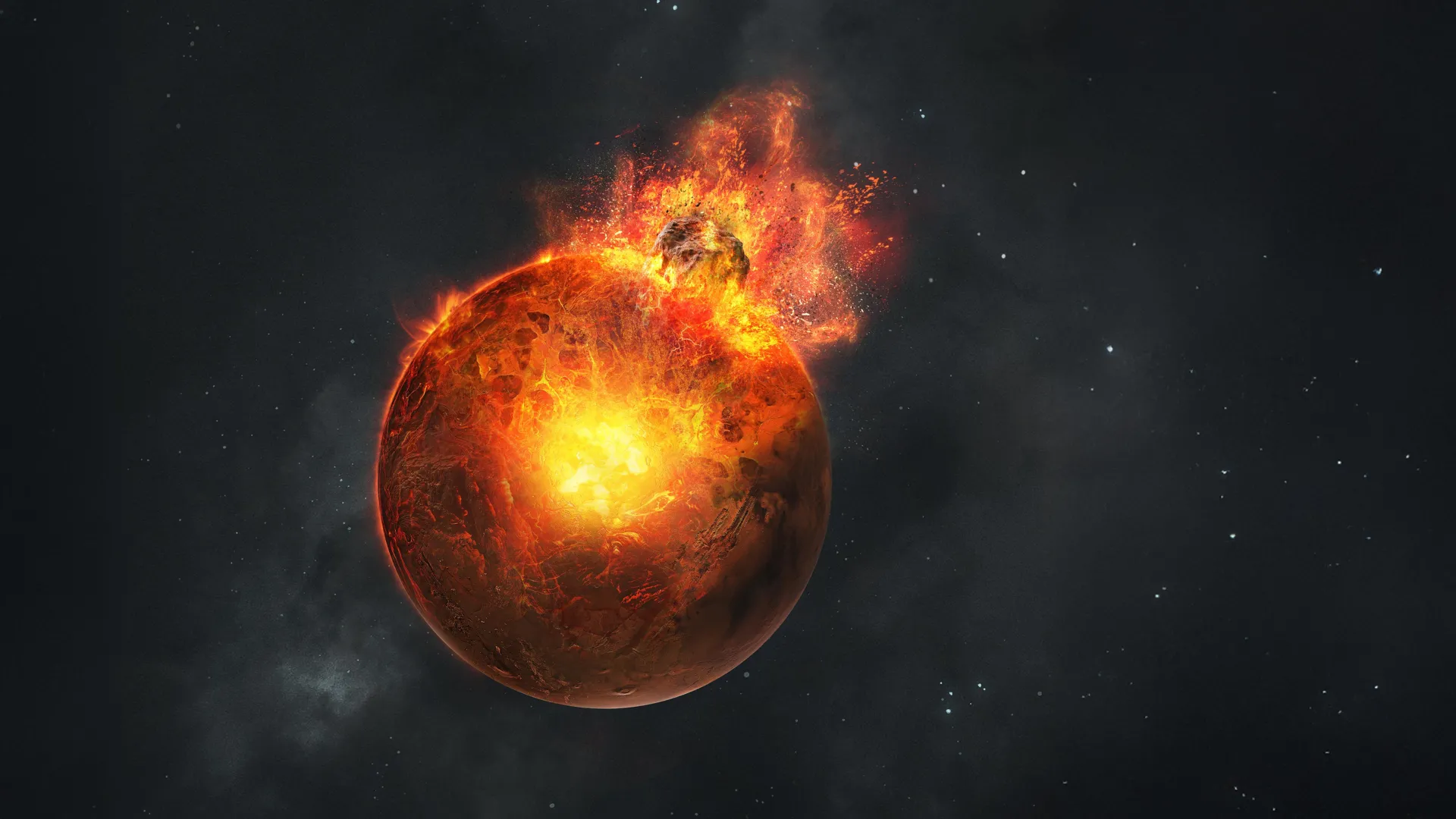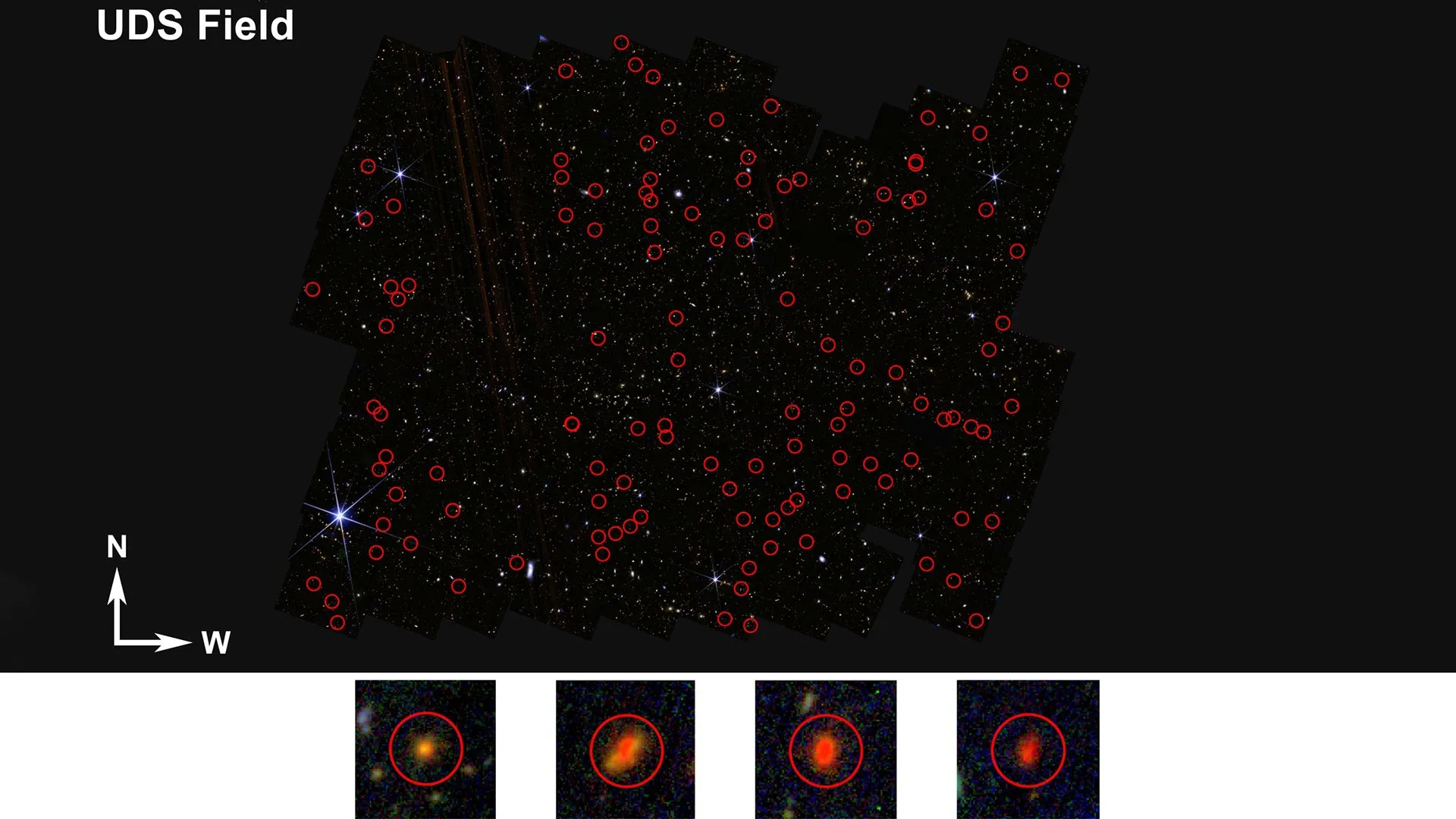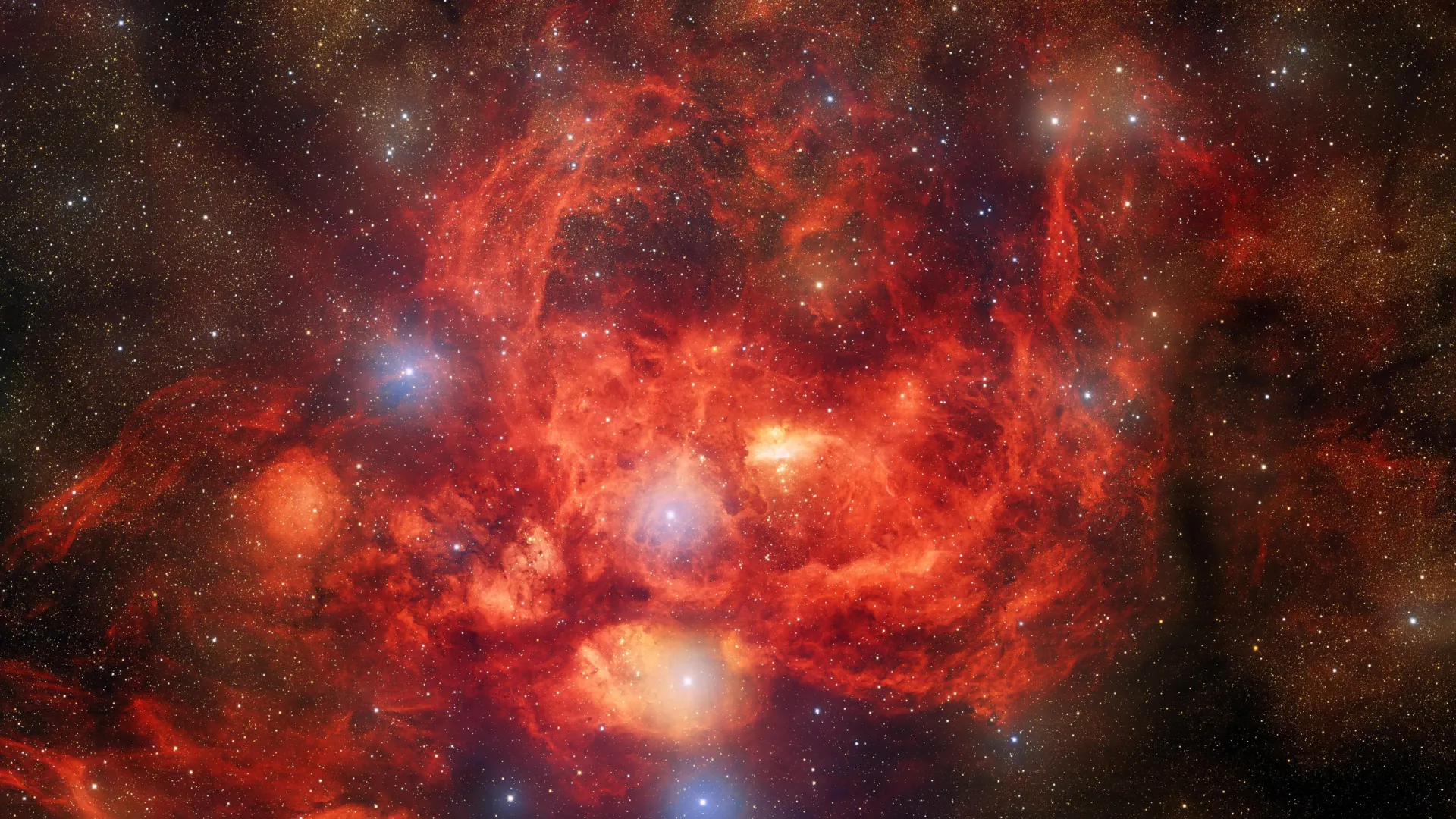A spectacular celestial event is set to light up the skies on the night of September 7–8, 2025, as the Moon undergoes a total lunar eclipse, turning an eerie, deep red for 82 minutes. Known as a Blood Moon, this will be the last total lunar eclipse of the year and is expected to be visible to nearly 77% of the global population. Unlike many eclipses confined to specific regions, this phenomenon will be observable across much of Asia, Australia, Europe, and Africa, with India offering some of the clearest views. For skywatchers and astronomy enthusiasts, the event promises both breathtaking beauty and scientific intrigue.
Why the moon turns blood red
A Blood Moon occurs during a total lunar eclipse when Earth comes directly between the Sun and the Moon. Instead of the Moon disappearing into complete darkness, sunlight passes through Earth’s atmosphere, which bends, filters, and scatters the light. Shorter blue and violet wavelengths scatter away, while longer red and orange wavelengths reach the Moon, giving it its iconic crimson glow. This phenomenon, known as Rayleigh scattering, is the same reason sunsets appear red. NASA notes that the depth of red can vary depending on atmospheric conditions, such as dust, clouds, or volcanic ash.
Date, timings, and totality phase in India
The September 2025 Blood Moon will unfold over more than five hours, with the totality lasting 82 minutes:
- Eclipse begins: 8:58 PM IST (7 September 2025)
- Total phase (Blood Moon peak): 11:00 PM – 12:22 AM IST
- Eclipse ends: 1:25 AM IST (8 September 2025)
During totality, the Moon will appear its deepest red, providing the best window for observation and photography.
Indian cities to view the blood moon
The eclipse will be visible across much of India. Some of the best cities to observe it include:
- Delhi
- Mumbai
- Kolkata
- Pune
- Lucknow
- Hyderabad
- Chandigarh
For the clearest view, observers should find open areas such as rooftops, terraces, or fields away from city lights. Cloud cover, heavy pollution, or smog may reduce visibility in certain regions.
Tips for observing the blood moon
Unlike solar eclipses, lunar eclipses can be safely observed with the naked eye. To enhance your experience:
- Use binoculars or a telescope to see craters and lunar details.
- Choose dark, open locations to avoid light pollution.
- Photographers can use a tripod and long-exposure settings for the best shots.
- Check local weather forecasts for clear skies.
Significance of the September 2025 blood moon
This Blood Moon is significant due to its long duration and wide visibility. Millions in India and across Asia will experience it simultaneously, making it a shared astronomical event. Historically, Blood Moons carried cultural and spiritual meanings, often interpreted as omens or signs of transformation. Today, they inspire awe and curiosity about the universe. Scientists can also study the Moon’s red intensity to learn about Earth’s atmosphere, as particles and dust in the air influence the Moon’s crimson shade. Skywatchers are encouraged to share their observations on social media, connecting with global communities of astronomy enthusiasts. Capturing and documenting the event can also help beginners appreciate the beauty and science of lunar phenomena.
